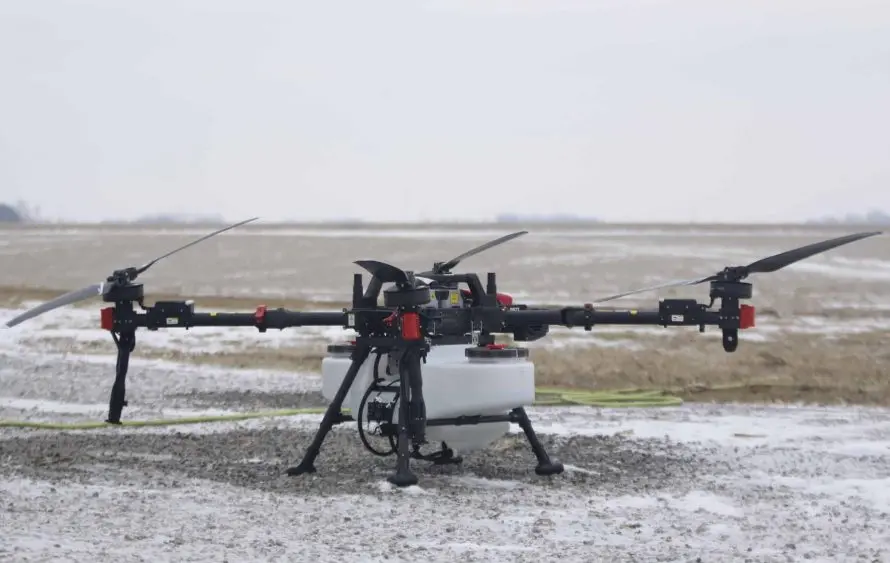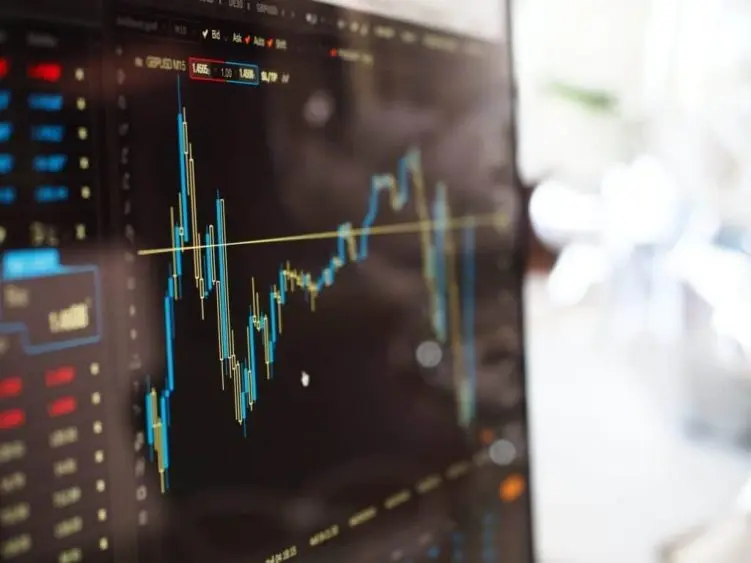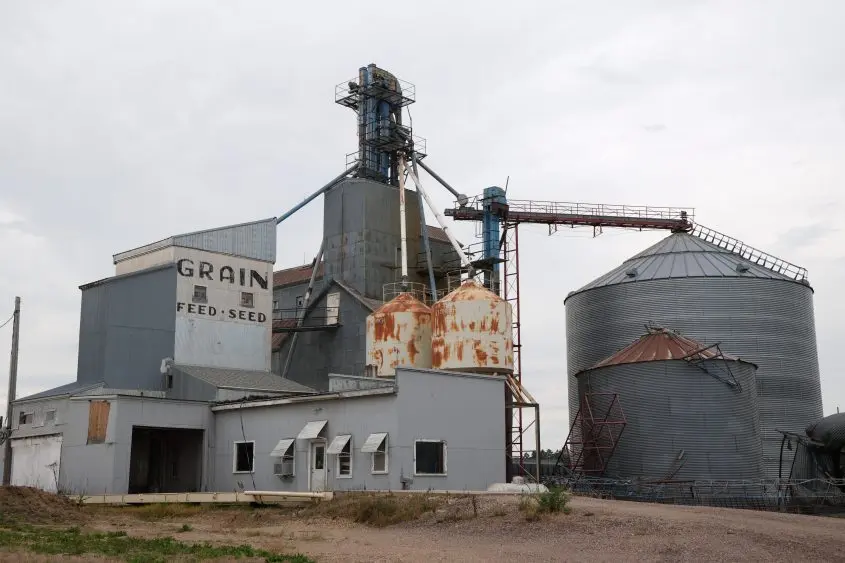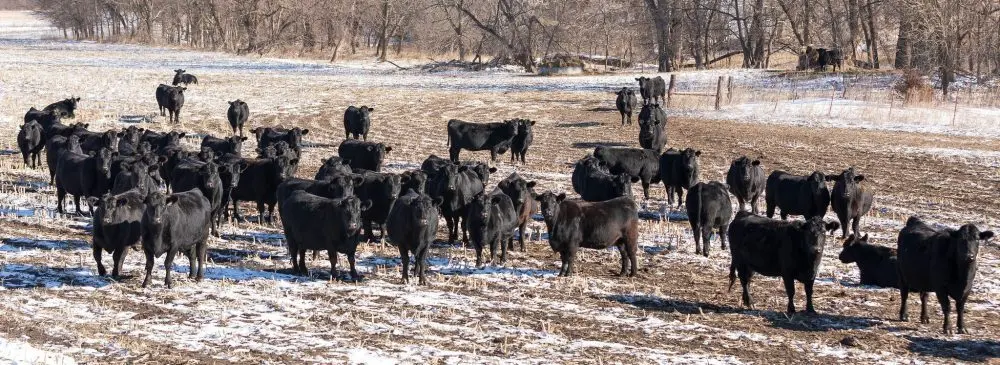The global agricultural drone market is on track to exceed $29 billion by 2033, according to new data from Research Intelo. The market, which was valued at $4.7 billion in 2024, continues to demonstrate strong growth as precision agriculture and digital farming technologies reshape modern production practices.
Adoption of agricultural drones is accelerating as farmers turn to advanced aerial systems for crop monitoring, field mapping, and yield optimization. These tools are helping producers cut labor costs, improve efficiency, and make data-driven decisions that enhance productivity across a wide range of crops and regions.
Drone manufacturers are also pushing the limits of technology, developing hybrid designs that combine the long-range endurance of fixed-wing drones with the agility of multi-rotor systems. These innovations are particularly valuable for large-scale operations, enabling more comprehensive field analysis in less time. Improvements in battery life and payload capacity have extended drone flight times, allowing for greater coverage and more precise applications of inputs such as fertilizers and pesticides.
However, as drone adoption expands, cybersecurity concerns are becoming a major focus for the agriculture industry. Agricultural drones are increasingly connected to cloud-based systems, GPS networks, and farm management software, which introduces new risks of data breaches and system vulnerabilities. Hackers can intercept or steal sensitive farm data, such as field maps or yield estimates, or even hijack drones mid-flight through weak communication links.
Other risks include GPS spoofing or jamming, where false or blocked signals can cause drones to veer off course, and malware attacks that compromise data systems or demand ransom. Supply chain vulnerabilities also pose a concern, as drone components made overseas may contain hidden backdoors or flaws. Experts recommend encryption, multi-factor authentication, software updates, and secure cloud systems to mitigate these threats.
The Food and Agriculture Information Sharing and Analysis Center (Food and Ag-ISAC), in collaboration with partners like the American Farm Bureau Federation and the IT-ISAC, is taking proactive steps to protect the sector. The Food and Ag Sector Cyber Threat Report uses the Predictive Adversary Scoring System (PASS) to identify key threat actors targeting the food and agriculture industry and analyze their tactics, techniques, and procedures (TTPs). The report, based on data from over 200 monitored threat actors, evaluates metrics like activity level, frequency of sector targeting, sophistication, and motivation.
Data revealed that nearly 90 percent of cyber threat groups use readily available tools or living-off-the-land (LOTL) techniques, while 83 percent rely on targeted spear-phishing, and 80 percent develop custom malware and tools. About 70 percent employ stealthy exfiltration and persistence strategies, 65 percent use data encryption for impact, and 42 percent exploit zero-day vulnerabilities.
The Food and Ag-ISAC advises agricultural organizations to apply vendor-recommended security hardening, implement application allowlisting, review CISA LOTL mitigation guidance, strengthen IT and OT network segmentation, and use authentication controls for both human and software access. Employee training is also essential, particularly in preventing phishing and credential theft, which remain common attack methods.
The Food and Ag-ISAC’s second report, Farm-to-Table Ransomware Realities: Exploring the 2024 Ransomware Landscape and Insights for 2025, shows that ransomware remains a growing threat across all critical infrastructure sectors. In 2024, IT-ISAC and Food and Ag-ISAC tracked 3,494 ransomware incidents, with 212 (5.8 percent) targeting the food and agriculture sector. While financial gain is the primary motive, ransomware attacks can also cause widespread operational disruption, such as delays in planting or harvesting, and the theft of valuable intellectual property like genetic research data.
Although the food and agriculture sector saw a similar percentage of attacks compared to 2023, the overall increase in ransomware volume is alarming. The report also warns of emerging ransomware strains filling the void left by groups like LockBit and ALPHV/BlackCat, which were disrupted by law enforcement in 2024. Many new ransomware operations now use a ransomware-as-a-service (RaaS) model, making it easier for cybercriminals to launch attacks.
Experts expect ransomware activity to continue rising into 2025, with financially motivated groups exploiting zero-day vulnerabilities and misconfigured systems. The report urges organizations to enhance vulnerability management, patching, and user awareness, noting that phishing, breached VPN credentials, and stolen logins remain the most common initial access points.




